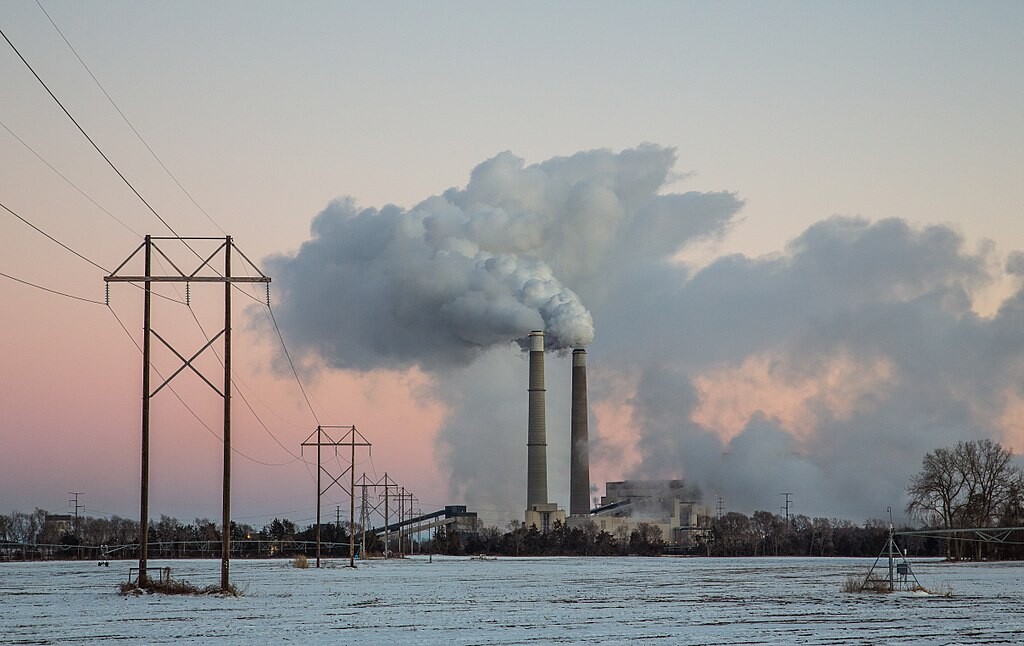From: ANNE FISCHER
According to the International Energy Agency, global energy-related carbon dioxide emissions will increase by 6% in 2021, mainly due to increased use of coal, but renewables and nuclear will have a higher share of global power generation than coal in 2021.
As the global economy recovers from the Covid-19 crisis, increased coal use has sent carbon dioxide emissions soaring by more than 2 billion tonnes, the highest ever recorded, according to the IEA report “Global Energy Review: CO2 emissions 2021”.
According to an analysis by the International Energy Agency, bad weather conditions and rising gas prices are behind the surge in emissions, and Global CO2 emissions have soared, and the spike is large enough to offset the previous year’s decline. Therefore, even if the current generation of renewable energy has been greatly improved, this has not led to the reduction of carbon emissions.
According to Global Energy Review: CO2 Emissions 2021, more than 40% of CO2 emissions come from coal, while natural gas emissions are well above 2019 levels. On the other hand, the use of oil is more limited due to transportation problems and the reduction of air travel.
Based on these data, it can be seen that the actual recovery process has not heeded the recommendations of the “sustainable recovery” report jointly prepared by the International Energy Agency and the International Monetary Fund.
The purpose of the report is to inform governments of the unique opportunities emerging in the economic recovery to boost economic growth, create jobs and reduce carbon dioxide emissions. By doing so, the goal is to achieve net-zero emissions globally by 2050.
However, there is still good news here. Many advanced economies have set decarbonization targets. According to the IEA’s Sustainable Recovery Tracker report, as of October 2021, $470 billion has been earmarked for sustainable measures in the recovery package to 2030. But this is only 40% of the investment required under the Sustainable Recovery Plan.
Even so, renewable-based power generation surpassed 8,000 terawatt-hours (TWh) in 2021, a record 500TWh above 2020 levels. IEA’s comprehensive analysis of the changes in solar power generation, wind power generation and hydropower generation, the Global Energy Assessment concluded that the world could still achieve net zero emissions by 2050. But there is a premise that sustainable investment can be combined with the accelerated deployment of clean energy technologies



